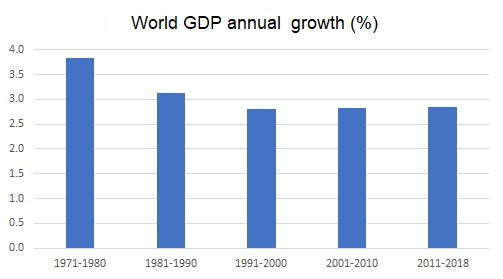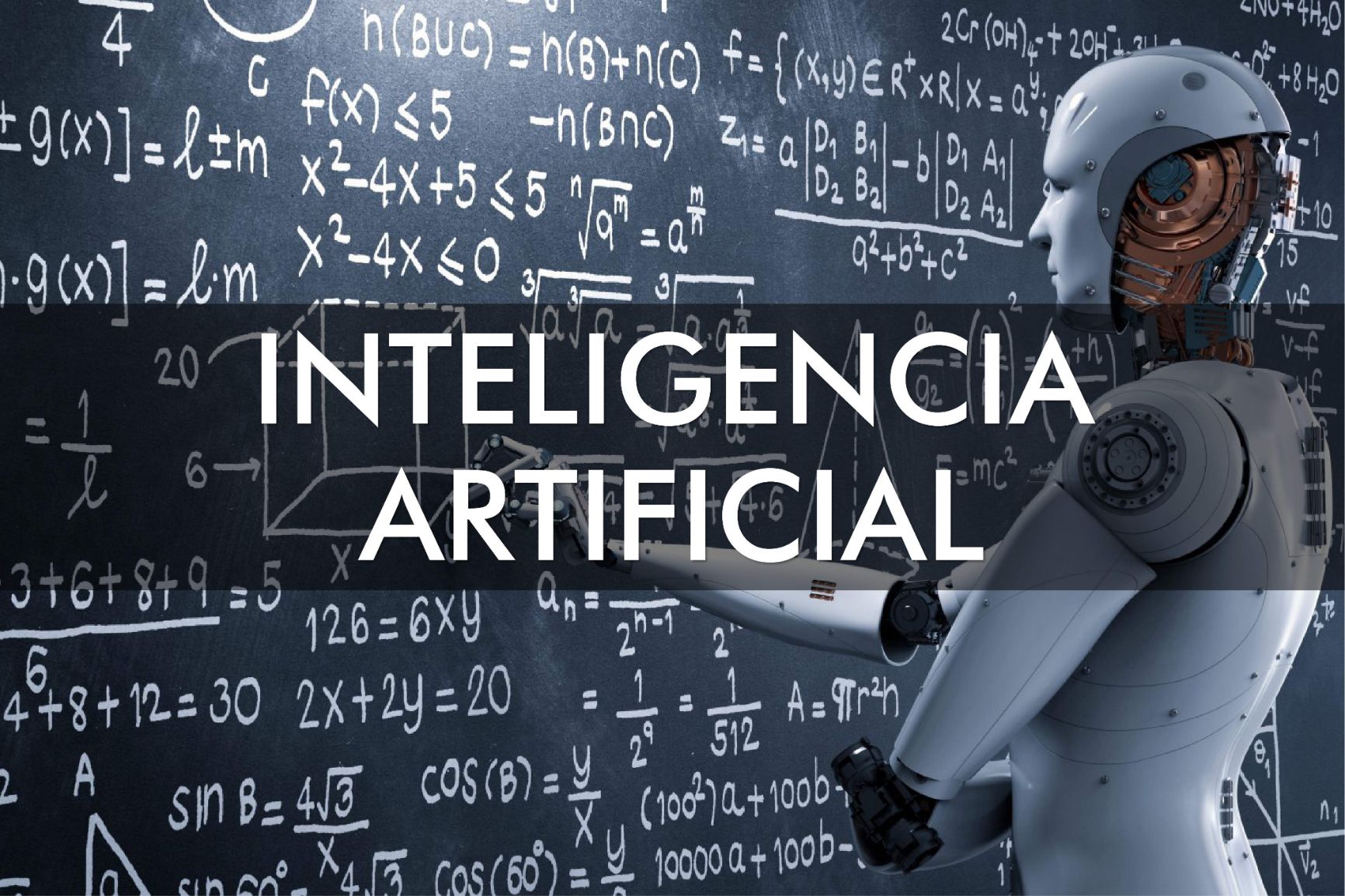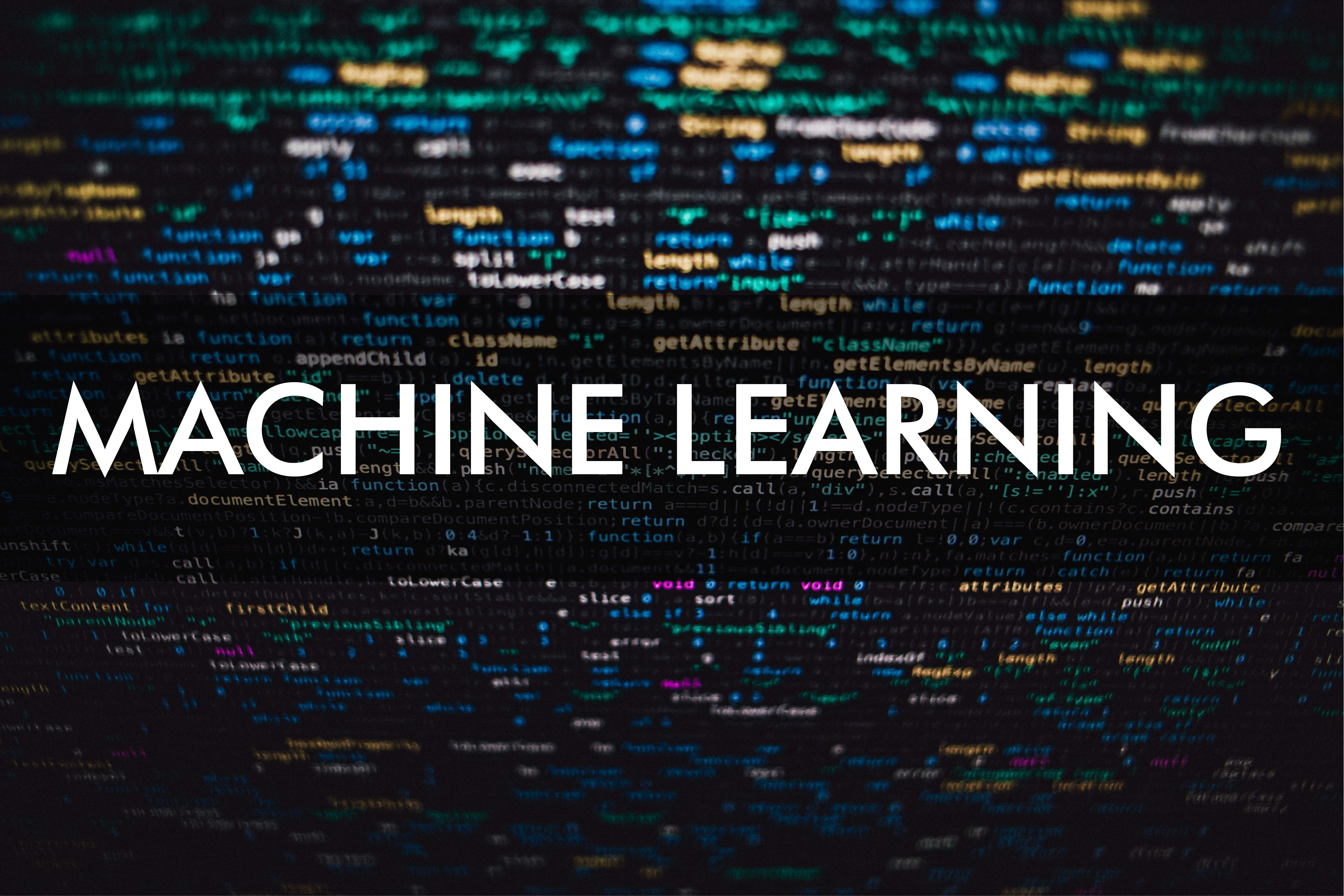Artificial Intelligence and Employment, the Big Unknown
Klaus Schwab, founder of the World Economic Forum, stated in 2016 that we are in the 4th industrial revolution, characterized by robotics, the Internet of Things, blockchain,3D printing and artificial intelligence (AI). The previous revolutions were mechanization and steam engine (19th century), electricity and mass production (early 20th century) and computer and telecommunications (1980s).
The steam engine allowed to mechanize agricultural and craft activities and reduced the required workers, causing the reaction of movements such as the Luddites, which destroyed looms and spinning machines in protest at the elimination of jobs. The movement was short-lived, as lost jobs were largely compensated in factories and workshops that needed workers to operate the new machines and manage the companies.
Electricity and mass production impacted almost every sector of the economy and created a high demand for jobs without a high degree of qualification, which absorbed generations of workers and promoted an era of growth and improvement in living standards (except in periods such as the depression of the 30s).
The computer and telecommunications revolution has two characteristics that make the balance of its results a matter of debate:
- Jobs to operate robots, equipment and systems, as well as work in new activities and industries, require a higher level of qualification, making it difficult for displaced people to transition.
- The global pace of economic growth has slowed, making it difficult for productivity gains to be reflected in better wages.

Source: World Bank. https://datos.bancomundial.org/indicator/NY.GDP.MKTP.KD.ZG
In these circumstances, what will be the impact on employment of AI and machine learning? There is no consensus. A 2013 Oxford University study estimated that 47% of jobs in the United States are at risk, while in 2016 the OECD estimated that the percentage in member countries will be between 6 and 12%, as in many cases AI removes only part of the tasks in a job. For its part, the Bank of Mexico applied the Oxford University methodology to the occupied population in Mexico in 2018 and estimated that 68% work in activities with high risk of automation, while a study on State of AI in Mexico requested by the UK embassy, says that 19% of jobs will be partially or totally affected.
These are estimates of how many jobs are at risk of being affected by AI, but that doesn't mean that amount will disappear. Jobs that may be displaced will have to be subtracted from those generated to use, operate and monitor the systems, as well as those that demanded by economic growth and new industries that arise.
According to an International Labour Organization (ILO) document published in 2018, the use of AI impacts in three ways:
- Substitution of tasks that match customers with service providers, such as reservations, purchases and recruitment, which can be best performed by an algorithm.
- Complementing tasks that make decisions from patterns in data. People can do their job better with the support of a classification algorithm and may focus on higher-value non-routine tasks.
- Expansion of tasks involving control of complex processes, which cannot be carried out without the use of AI, such as management of supply chains, transportation or services networks.
On the other hand, a recent book tells of the large number of people who already work in schemes per project through online platforms in which they seek paid tasks to be performed, such as the case of Venezuelans who make money tagging street images that will help train autonomous vehicle classification algorithms. These schemes do not offer the stability of traditional employment, but there are signs that it is a future trend that needs to be regulated.

In order to ensure that the net effect of AI on employment is positive, the ILO considers some public policies necessary:
- To support flexible training and certification schemes to use new technologies and/or transition to positions and tasks where workers maintain an advantageous position.
- To allow a level playing field between companies with mechanisms that facilitate access to technology and maintain a competitive environment not dominated by individual companies.
- To strengthen tax systems (taxes on the use of AI and electronic services) and social protection to mitigate the impact of continuous transformation and avoid greater inequalities.
In short, up to half or more of jobs can be affected or modified by the use of AI, although the net effect, subtraction of displaced jobs minus those created by growth and new industries, is not known. The effects will be gradual, but accelerated, so governments must set policies to facilitate job transition, maintain a competitive environment and avoid increasing inequality.

What does all this mean for an individual person? Although the situation of each is different, it seems to me that the following ideas may be useful:
- Let's know where we stand if half the jobs will be affected by AI, it means half of them won't be. They are works with great human interaction and unstructured thinking, such as psychologists, lawyers, designers, nurses, beauticians or chefs.
- In positions where AI can complement or expand tasks because they involve decisions based on histories and records or management of complex processes, let's identify non-routine tasks, such as customer interaction or unexpected issues attention, and let's prepare to excel in them and take advantage of AI tools for the routine.
- If we are in positions at risk of displacement, we should get an idea of how much time we have and evaluate our alternatives. The advancement of automation will not be the same in all industries and businesses, but we must prevent ourselves.
- The introduction of AI also represents opportunities for those preparing to develop, deploy, maintain, and operate applications. These opportunities are not only in areas of programming, but also in statistical, project control and business knowledge areas.
Although AI will have a lot to do with the evolution of work and employment over the next years, the truth is that the whole environment is changing and in the future we will have to reconvert and change activity periodically, so we must get used to a lifelong learning. As a McKinsey study says, we've gone from looking to have a job for life to seeking lifelong employability.
Did you enjoy this post? Read another of our posts here.



